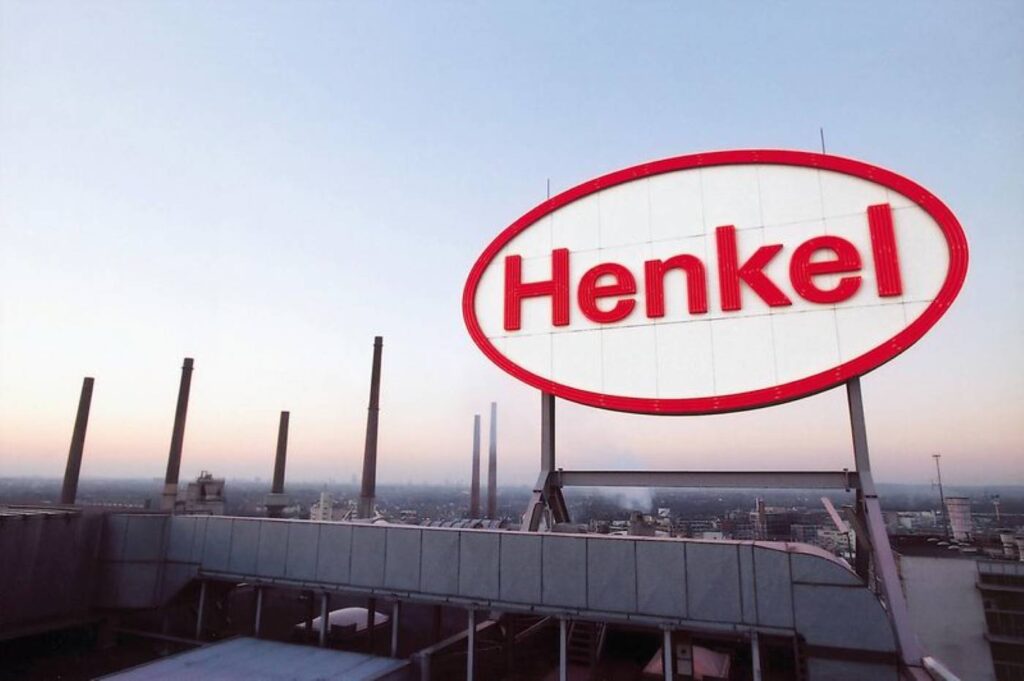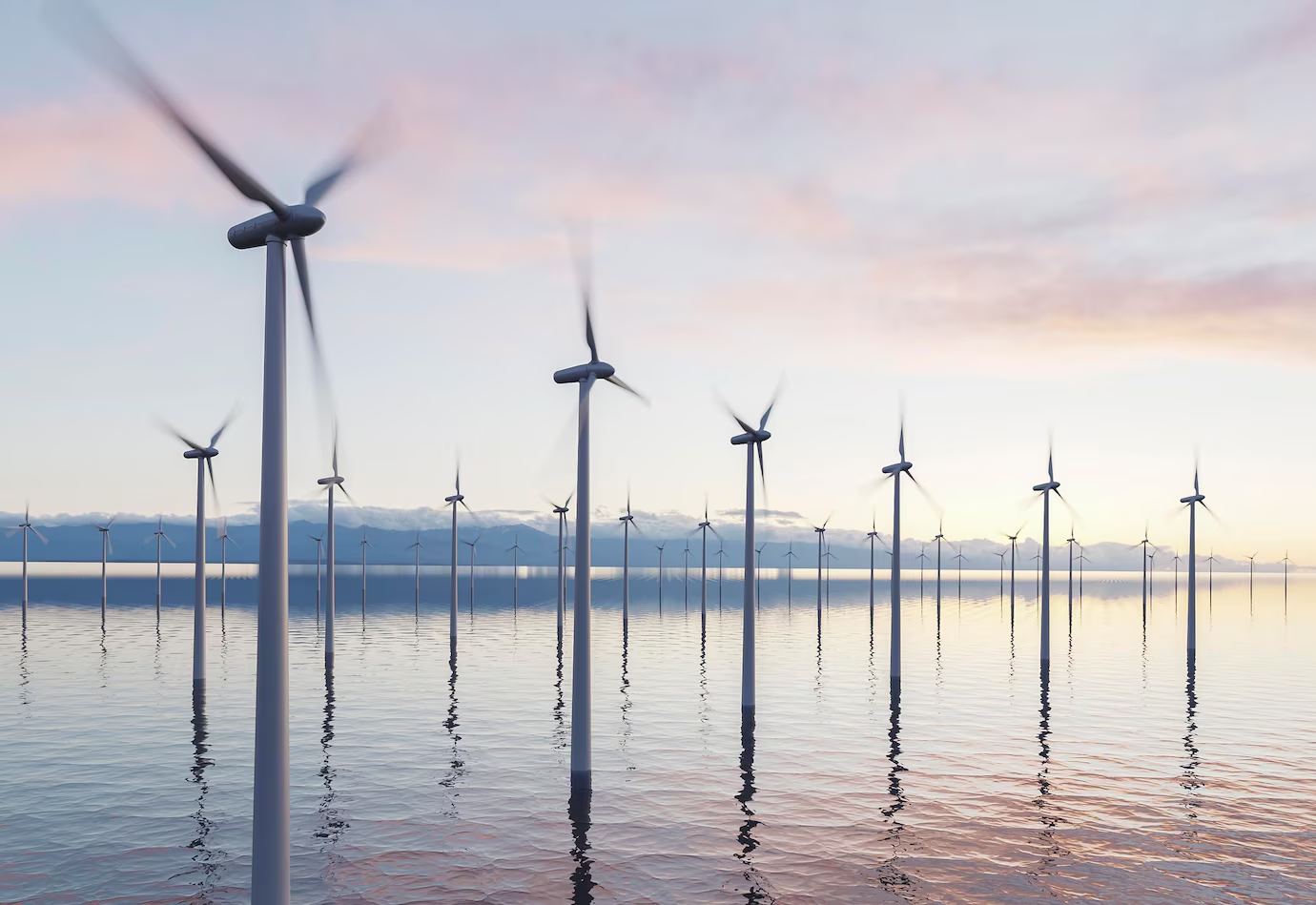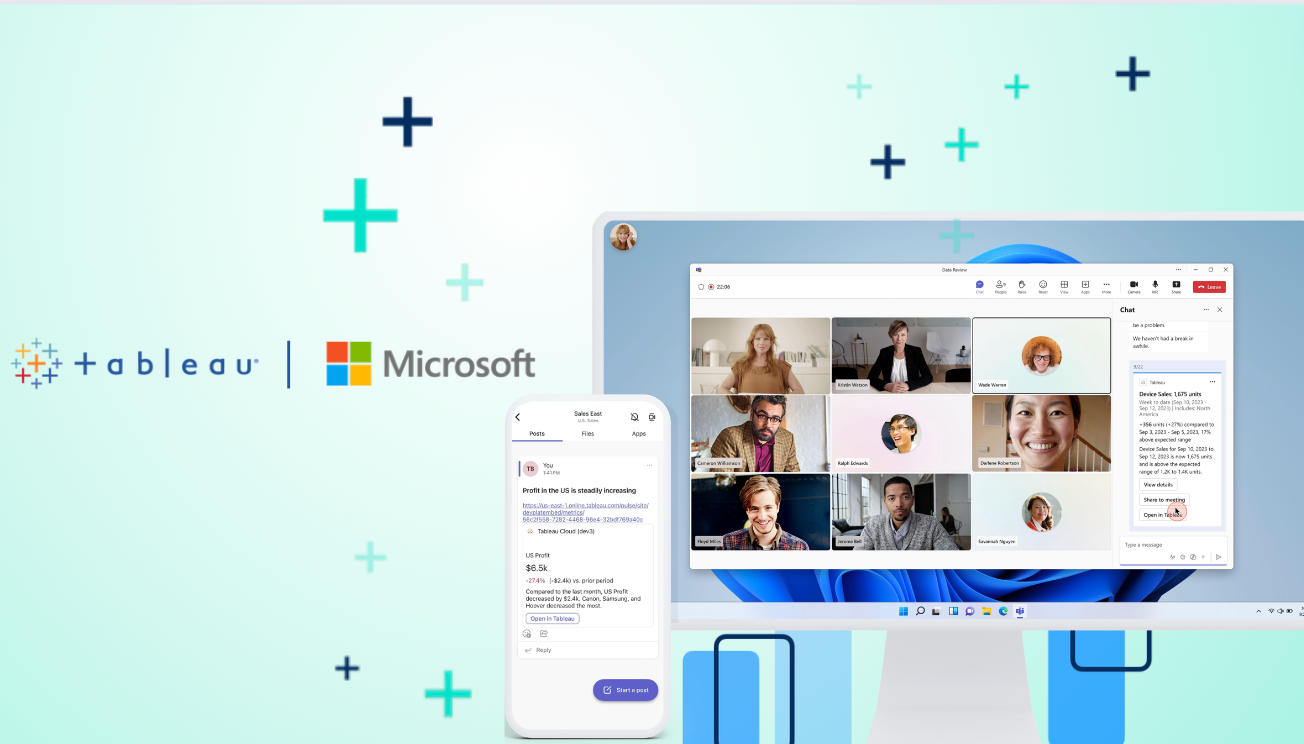The visibility and transparency of the data allows us to save 4 million euros worth of electricity.
Reduced energy consumption by 20% in the supply chain of laundry and home care products.
Using Tableau to monitor global PPE inventory.
Henkel is one of the world’s leading manufacturers of chemicals and consumer products. The company is headquartered in Düsseldorf, Germany. The company employs more than 52,000 people in its three main divisions: Laundry & Home Care, Adhesives Technologies and Beauty Care.
Dr. Johannes Holtbrugge, Senior Manager of Digital Transformation at Henkel Laundry & Home Care, discusses how the company is using Tableau to implement a digital supply chain innovation that saves millions of euros in operations and empowers employees with self-service analytics. This year, the World Economic Forum (WEF) recognized Henkel as a leading company of the 4th Industrial Revolution.
What role does Henkel’s data play?
As with many other multinational organizations, effective reporting and data analytics are very important to Henkel. With such a large scale of operations, even the smallest savings in areas such as the supply chain can be worth millions of euros. The more accurate the data is, the more likely it is that the company will be able to identify where savings can be made.
When did Henkel first implement Tableau?
The company implemented Tableau in 2016 after a vendor recommended it. Before that, simplified reporting and analytical tools were used. They were sufficient to solve basic tasks, but as the company’s data needs became more complex, they could not provide the necessary functionality. In 2013, the company first began connecting its factories around the world to a central data warehouse. It wasn’t until we switched to Tableau that we realized how much data could be centralized in one place and how much benefit it could bring in terms of efficiency and cost savings. Now all supply chain data is consolidated in Tableau from various sources, including Dremio, Oracle, Excel Cubes, and others. This created a common source of data for the company’s employees to share.
What successes can be noted in the company in terms of saved resources?
In 2019 alone, we saved €4 million in energy consumption and costs, with a significant portion of these savings being a direct result of improved data transparency. Since 2013, the company has also managed to reduce electricity consumption in the Laundry & Home Care global supply chain by 20% and improve factory efficiency by more than 10%. Now employees around the world can view each other’s energy consumption and power data in Tableau.
Do you have a specific example of how Tableau analysis led to significant savings?
Laundry detergent production is the most important part of our business. However, this is a very energy-intensive process, and the spray towers that turn liquid laundry detergent into flakes are very sensitive to even small fluctuations in temperature and humidity. If the conditions are too hot or too humid, their effectiveness can be severely affected. However, Tableau was able to correlate local weather data with the production towers’ schedules, ensuring maximum productivity during periods when atmospheric conditions were optimal and vice versa. This allowed us to increase energy efficiency by 5%.
Recently, we introduced self-service analytics through Tableau for all employees. What did it do?
Employees can now handle a variety of issues on their own based on data in Tableau, as well as prepare for meetings more quickly and provide data to the right people in real time with the click of a button. In just six months, the number of Tableau users grew from a handful of central analysts to more than 2,100 Henkel users, ranging from top managers to production line operators.
Henkel has recently been recognized by the WEF. How did Tableau contribute to this success?
The award from WEF is a great recognition of the work the company has done to digitize the entire laundry and home care supply chain, and Tableau has played a key role in this process. The WEF auditors were particularly impressed with the global approach, so much so that they created a whole new category End-to-End Connected Digital Lighthouse for this initiative.
Source: Tableau
If you have any additional questions, please contact us at sales@softico.ua or by phone +380 (44) 383 4410.




